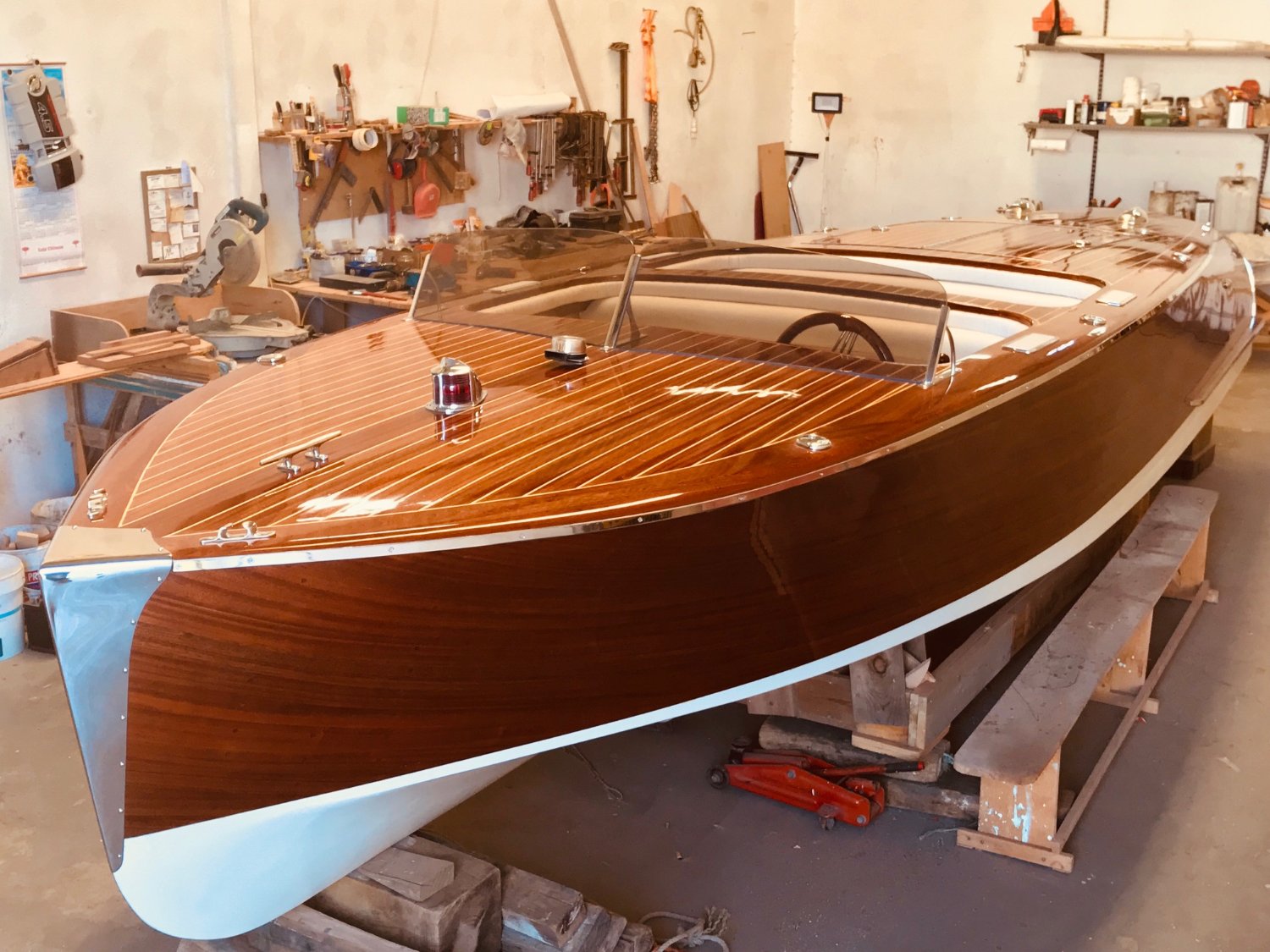
Beyond the Blueprint: Unveiling Hidden Potential in Free Boat Plans
The internet offers a treasure trove of free boat plans, promising the dream of crafting your own wooden vessel. But are these plans truly a pathway to success, or a potential pitfall for the unwary builder? This article delves beyond the surface, exploring often-overlooked aspects of using free boat plans and offering fresh perspectives for hobbyists, professionals, and educators alike.
The Unspoken Costs: Beyond Lumber and Epoxy
Many jump into free boat plans thinking it's all about the free download. The reality is far more nuanced. Let's address some frequently overlooked expenses:
Q: What hidden costs should I anticipate when using free boat plans?
A: While the plans themselves are free, consider these often-neglected aspects:
- Time Investment: Free plans often require more interpretation and problem-solving, significantly increasing build time. A seemingly simple project can balloon into a multi-month endeavor. This translates to lost income or opportunity cost.
- Material Waste: Poorly documented plans can lead to mistakes, necessitating extra materials and increased costs. Precision is paramount in boatbuilding, and imprecise plans can be very expensive.
- Tool Acquisition/Maintenance: Free plans may necessitate specialized tools you don't already own. Factor in the cost of purchasing or renting these, plus ongoing maintenance.
- Expert Consultation: Encountering unforeseen challenges? Consulting with experienced boat builders can be crucial but adds to the financial burden. A community forum may be useful, but individual guidance can be very beneficial.
Beyond the Plans: The Crucial Role of Design Refinement
Free plans are often a starting point, not a finished product. Successful boat building involves adapting the design to your specific needs and skill level.
Q: How can I adapt free boat plans to my skill level and resources?
A: Don't be afraid to modify the design. Consider these aspects:
- Simplification: Reduce complexity by eliminating intricate details or opting for simpler joinery techniques. For a beginner, a simpler design is a wiser choice than a highly complex one that will be challenging and time-consuming.
- Material Substitution: Explore alternative materials that are readily available and cost-effective in your region. This will make the project more manageable.
- Scale Adjustment: Scaling the plans up or down can significantly impact the build process and the end result. This requires a good understanding of the effect of scale on materials and structural strength.
A Real-World Story: Lessons Learned from the "Freebie Flotilla"
A group of enthusiasts â€" the "Freebie Flotilla" â€" used free plans to build a fleet of small boats. While some projects resulted in seaworthy vessels, others encountered significant issues. One builder, for example, underestimated the time required, leading to a year-long build instead of the projected three months. Another's inexperience with epoxy led to costly mistakes. These experiences underscore the importance of meticulous planning and skill assessment before embarking on such a project.
The Future of Free Boat Plans: Open-Source Collaboration and Digital Fabrication
The future of free boat plans may lie in open-source collaboration. Imagine online communities where builders can share modifications, improvements, and even 3D-printed parts to enhance free designs. The integration of digital fabrication techniques like CNC routing opens up avenues for greater precision and customization, potentially overcoming some limitations of traditional free plans.
In conclusion, free boat plans offer a tantalizing opportunity, but success requires careful planning, realistic expectations, and a willingness to adapt. By approaching these plans with a critical eye and a spirit of innovation, aspiring boat builders can navigate the potential pitfalls and unlock the true potential of these valuable resources.

0 comments:
Post a Comment
Note: Only a member of this blog may post a comment.